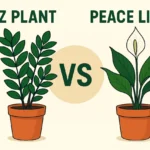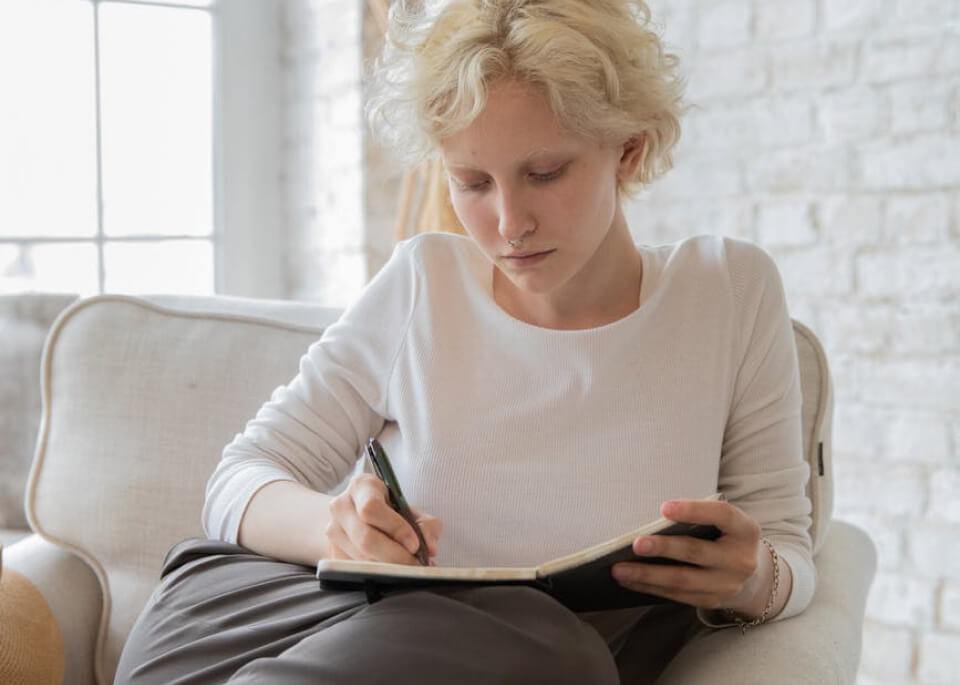Mastering Watering: How to Properly Water Your Indoor Plants
Watering your indoor plants might seem like the simplest task in plant care, but it’s also one of the most misunderstood. Too much or too little water is the number one reason houseplants struggle. At Leaf Plant Garden, we’re passionate about helping you grow healthy, thriving foliage in your home, and that starts with understanding the art and science of watering.
Why Proper Watering Matters
Each plant relies on water for basic survival functions, including transporting nutrients, hydrating cells, and carrying out photosynthesis. However, not all plants need the same amount or frequency of watering. Knowing what your individual plant needs can prevent common problems such as root rot, yellowing leaves, wilting, or fungal diseases.
Key Factors That Affect Watering Needs
Before diving into how often to water, understand that these variables all influence your plant’s thirst:
- Plant species: Some, like peace lilies, love moisture. Others, like snake plants, prefer things on the dry side.
- Pot size and material: Small pots dry out faster. Terracotta absorbs moisture, while plastic retains it.
- Humidity and temperature: Warm and dry indoor air accelerates water evaporation.
- Light exposure: Plants in bright light photosynthesize more and tend to use more water.
- Soil type: Well-draining soil allows excess water to escape, preventing root rot.
Understanding Signs of Overwatering and Underwatering
Knowing how to “listen” to your plants is crucial. Both too much and too little water can look similar, but here’s how to tell them apart:
Signs of Overwatering
- Yellowing leaves (especially the lower ones)
- Mushy stems or roots
- Moldy soil or fungus gnats
- Leaves dropping despite moist soil
Signs of Underwatering
- Crispy or curling leaves
- Soil pulling away from the pot edges
- Drooping or wilting (and dry to touch)
- Browning leaf tips
How to Check If Your Plant Needs Water
The best way to avoid guesswork is to develop a routine and rely on simple techniques:
- Finger test: Stick your finger about 1 to 2 inches into the soil. If it feels dry at that depth, it’s probably time to water.
- Lift test: Pick up the pot. Lightweight pots indicate dryness; heavier pots suggest moisture inside.
- Moisture meter: A handy tool that gives digital feedback on soil moisture levels.
Best Practices for Watering Indoor Plants
Once you know when to water, the how becomes just as important. Follow these simple but effective tips:
1. Water Thoroughly but Infrequently
When watering, do so until water runs out of the drainage holes. This ensures the entire root system gets moisture. Avoid “sips” which promote shallow roots and uneven hydration.
2. Use Room Temperature Water
Cold water can shock plant roots, while hot water can damage them. Let tap water sit for several hours before watering for best results—this also allows chlorine to dissipate.
3. Morning is Best
Water your plants in the morning when possible. This allows the plant to absorb moisture during the day and prevents nighttime dampness that can cause fungal growth.
4. Empty Saucers After Watering
Standing water in saucers can lead to root rot. After thirty minutes, discard any excess water that has collected beneath your pot.
5. Adjust by Season
Most indoor plants go into a slower growth phase during autumn and winter and thus require less water. Be careful not to overwater during these cooler months.
Specific Tips for Common Indoor Plants
Snake Plant (Sansevieria)
- Water about every 2–4 weeks, allowing the soil to dry completely between.
- In winter, reduce even more. Overwatering is its number one enemy.
Fiddle Leaf Fig (Ficus lyrata)
- Needs consistent soil moisture but not soggy roots.
- Water when the top 1–2 inches feel dry. Use well-draining soil and a pot with good drainage.
Pothos (Epipremnum aureum)
- Flexible and forgiving, but prefers soil to dry out moderately between watering.
- Signs it’s thirsty: droopy leaves that perk up after watering.
Peace Lily (Spathiphyllum)
- Loves moist soil—check frequently and water when surface feels dry.
- Leaves will droop dramatically when thirsty, but recover quickly.
Common Watering Mistakes to Avoid
- Watering on a strict schedule: Don’t water every Sunday “just because.” Let the plant and soil tell you instead.
- No drainage: A decorative pot without drainage holes can lead to trapped water and root rot.
- Misting instead of watering: Some plants love humidity, but misting isn’t a substitute for watering the soil properly.
- Using softened tap water: High salt levels from softened water can harm roots over time. Use filtered or dechlorinated tap water instead.
Conclusion
Mastering the art of watering is one of the most essential skills in keeping your indoor plants happy and thriving. By paying attention to plant type, soil conditions, pot material, and seasonal changes, you’ll develop an intuition for when and how much to water. Remember, it’s better to underwater slightly than to overwater—plants can recover from thirst more easily than from soggy, damaged roots.
With a little observation and practice, you’ll be able to meet each of your green friends’ unique hydration needs. Happy growing from all of us at Leaf Plant Garden!








